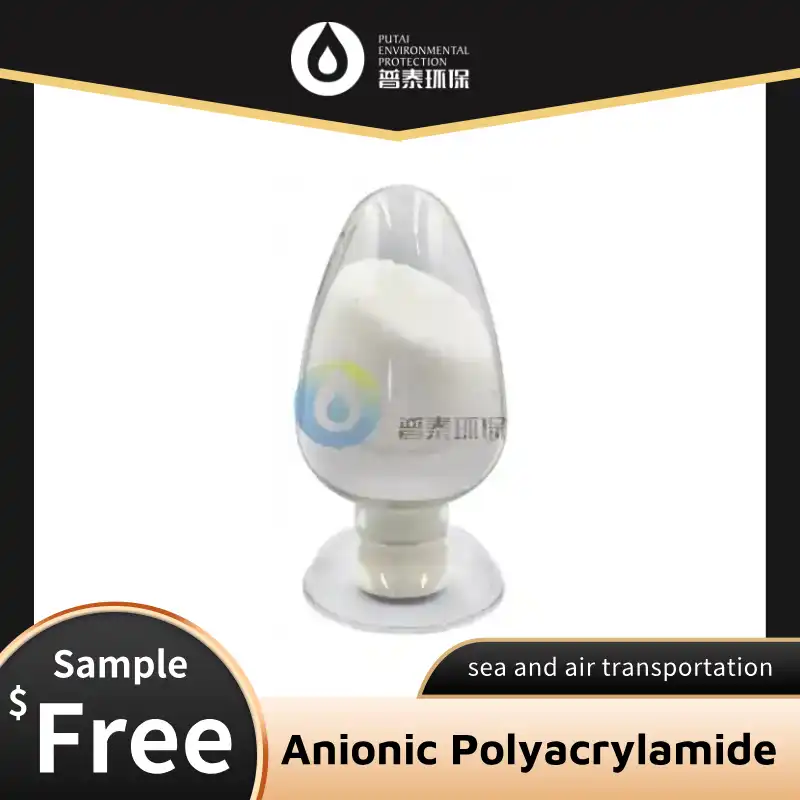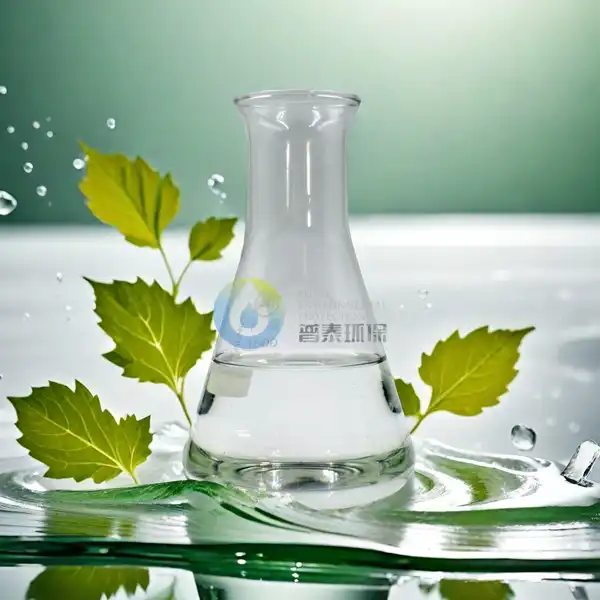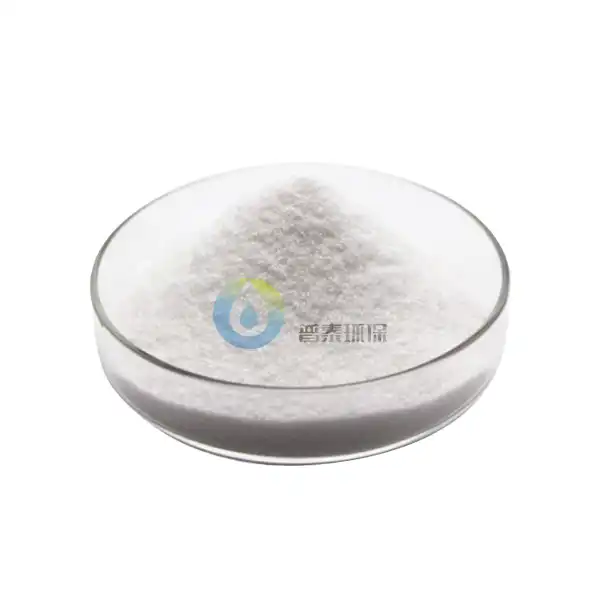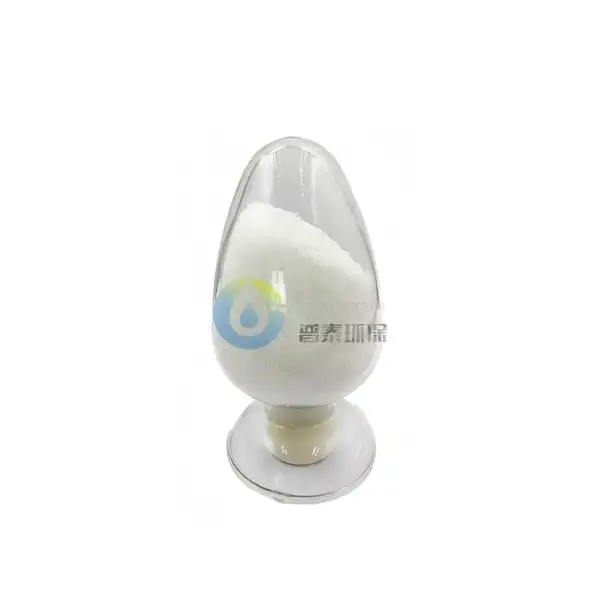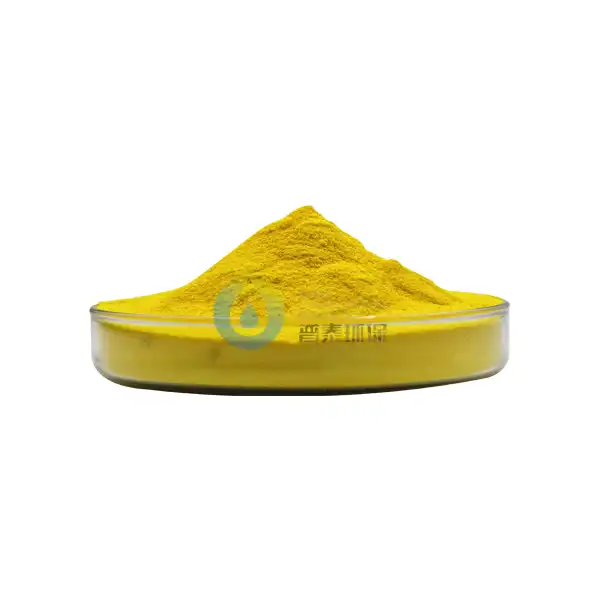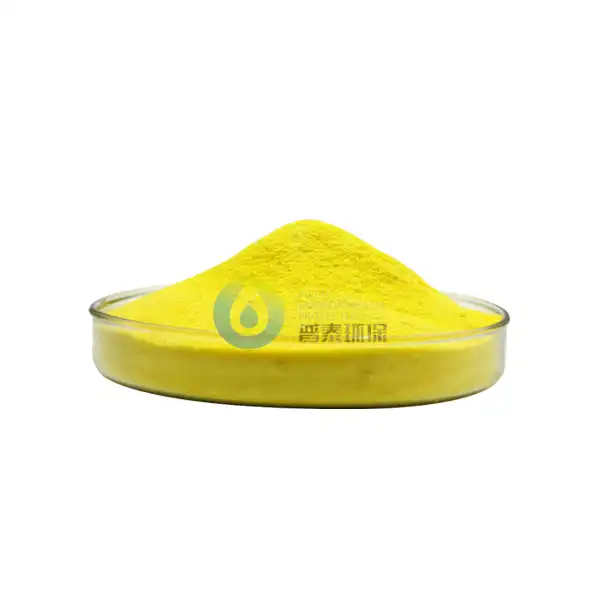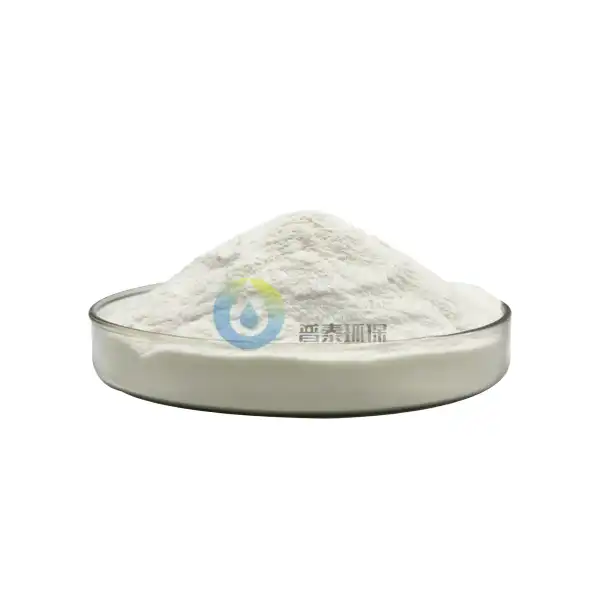How Do You store and Handle Sewage Treatment Flocculants Safely?
Sewage treatment flocculants play a crucial role in the wastewater treatment process. They help in the aggregation of fine particles in sewage, making it easier to separate solids from liquids. However, to ensure their effectiveness and prevent any potential hazards, it is essential to store and handle these flocculants safely. In this blog, we will explore some of the key questions related to the safe storage and handling of sewage treatment flocculants.
What are the ideal storage conditions for Sewage Treatment Flocculants?
Temperature Considerations
Maintaining the right temperature is vital when storing sewage treatment flocculants. Most flocculants have an optimal temperature range within which their chemical properties remain stable. For example, many synthetic polymer flocculants are sensitive to high temperatures. Excessive heat can cause the polymer chains to degrade, reducing their flocculating ability. If the storage temperature is too high, the flocculant may lose its viscosity and become less effective in binding particles in sewage. On the other hand, extremely low temperatures can also pose problems. Some flocculants may freeze, which can damage their molecular structure. When the flocculant thaws after freezing, it may not regain its original properties, leading to inconsistent performance in sewage treatment. A typical recommended temperature range for storing most sewage treatment flocculants is between 5°C and 30°C. This range helps to preserve the chemical integrity of the flocculant and ensures that it will perform as expected when used in sewage treatment processes.
Humidity and Moisture Control
Humidity and moisture can have a significant impact on the quality of sewage treatment flocculants. Flocculants, especially those in powder form, are highly hygroscopic. This means they can absorb moisture from the surrounding air. When a flocculant absorbs moisture, it may clump together, making it difficult to dissolve properly in water during the sewage treatment process. Clumped flocculants may not disperse evenly in the sewage, resulting in uneven flocculation and reduced treatment efficiency. To prevent this, the storage area should be kept dry. It is advisable to store flocculants in a well - ventilated area with a relative humidity of less than 60%. Additionally, the containers should be tightly sealed to prevent moisture from entering. If the flocculants are stored in bags, they should be placed on pallets to avoid contact with the floor, which may be a source of moisture.
Storage Containers
The choice of storage containers is also an important factor in ensuring the safe storage of sewage treatment flocculants. For liquid flocculants, containers made of materials that are resistant to corrosion are essential. Materials such as high - density polyethylene (HDPE) or stainless steel are commonly used. These materials prevent the container from reacting with the flocculant and ensure that the flocculant remains pure. For powder flocculants, they are often stored in sealed plastic bags or drums. The containers should be labeled clearly with information such as the name of the flocculant, its chemical composition, and the date of manufacture. This helps in easy identification and ensures that the oldest stock is used first, following the first - in - first - out (FIFO) principle. Properly sealed containers also prevent the entry of contaminants and maintain the quality of the flocculant over time.
How should you handle Sewage Treatment Flocculants during transportation?
Packaging for Transportation
Proper packaging is crucial when transporting sewage treatment flocculants. The packaging should be designed to protect the flocculant from physical damage, moisture, and contaminants during transit. For liquid flocculants, they are usually transported in drums or intermediate bulk containers (IBCs). These containers are designed to be leak - proof and to withstand the rigors of transportation. The drums should be made of a suitable material, such as HDPE, and should have tight - fitting lids. For powder flocculants, they are often packed in multi - layer bags or boxes. The inner layer of the bag should be a moisture - resistant material, and the outer layer should provide mechanical protection. The packaging should also be labeled with appropriate hazard warnings and handling instructions to ensure the safety of the transportation workers.
Loading and Unloading Procedures
During the loading and unloading of sewage treatment flocculants, it is important to follow proper procedures. When loading, the containers should be handled carefully to avoid any damage. Forklifts or other handling equipment should be used with caution to prevent the containers from tipping over or being dropped. Workers should wear appropriate personal protective equipment (PPE), such as gloves and safety glasses, to protect themselves from potential contact with the flocculant. When unloading, the same care should be taken. The containers should be unloaded in a clean and dry area, and any spilled flocculant should be cleaned up immediately. It is also important to ensure that the containers are properly stored in the storage area after unloading to maintain their quality.
Transportation Environment
The transportation environment can affect the quality of sewage treatment flocculants. Flocculants should be transported in a vehicle that provides a stable environment. The vehicle should be protected from extreme temperatures and weather conditions. If the flocculants are being transported in a truck, it should be covered to prevent them from getting wet in case of rain. Additionally, the vehicle should be well - ventilated to prevent the accumulation of any fumes that may be released by the flocculants. The driver should also be aware of the nature of the cargo and drive carefully to avoid sudden stops or sharp turns that could damage the containers.
What safety measures should you take when handling Sewage Treatment Flocculants on - site?
Personal Protective Equipment (PPE)
Wearing appropriate personal protective equipment is essential when handling sewage treatment flocculants on - site. Workers should wear gloves to protect their hands from direct contact with the flocculant. Gloves made of materials such as nitrile or neoprene are suitable as they are resistant to many chemicals. Safety glasses or goggles should be worn to protect the eyes from splashes. If there is a risk of inhalation, respirators may also be required, especially when handling powder flocculants. A respirator with the appropriate filtration capacity should be selected based on the type of flocculant being handled. Workers should also wear protective clothing, such as coveralls, to prevent the flocculant from coming into contact with their skin.
Handling Procedures
Proper handling procedures should be followed when using sewage treatment flocculants on - site. When preparing the flocculant solution, the correct mixing ratio should be strictly adhered to. This ensures that the flocculant will work effectively in the sewage treatment process. The mixing should be done in a well - ventilated area to prevent the inhalation of any dust or fumes. When adding the flocculant to the sewage, it should be done slowly and evenly to ensure proper dispersion. Any spills should be cleaned up immediately using appropriate cleaning methods. For liquid spills, absorbent materials such as sand or sawdust can be used to soak up the liquid. For powder spills, a brush and dustpan can be used to collect the powder, and then the area should be washed thoroughly.
Training and Education
Workers who handle sewage treatment flocculants on - site should receive proper training and education. They should be familiar with the properties of the flocculants they are using, including their chemical composition, potential hazards, and safe handling procedures. Training should also cover emergency response procedures in case of accidents, such as spills or exposure. Workers should know how to use the personal protective equipment correctly and how to respond in case of a fire or a chemical leak. Regular refresher training should be provided to ensure that the workers stay updated on the latest safety practices and procedures.
Conclusion
In conclusion, safe storage and handling of sewage treatment flocculants are essential for their effectiveness and the safety of the workers. By maintaining the right storage conditions, following proper transportation and on - site handling procedures, and taking appropriate safety measures, we can ensure that these flocculants perform as expected in sewage treatment processes.
Xi'an Putai Environmental Protection Co., Ltd. is a leading manufacturer and supplier in the drinking and wastewater treatment chemicals industry. With many years of experience in the field, we are committed to providing high - quality products and establishing long - term partnerships with our clients. Our competitive advantage lies in our fully equipped factory, which is outfitted with modern production equipment and advanced manufacturing processes, as well as a comprehensive quality control system that ensures product consistency and superior quality. Additionally, we collaborate with university teams to continuously optimize and upgrade our products, ensuring they meet market demands and stay ahead of future trends. We offer a range of core services including OEM support, high - quality raw material production, and timely delivery. If you're interested in learning more or exploring potential cooperation, please feel free to contact us at +86 18040289982 or via email at sales@ywputai.com. We look forward to the opportunity to work with you.
References
1. Brown, A. "Safe Handling of Industrial Chemicals." Chemical Safety Press, 2018.
2. Green, B. "Wastewater Treatment Chemicals: Storage and Use." Environmental Engineering Journal, 2019.
3. White, C. "Transportation Safety of Chemical Products." Logistics and Safety Publishing, 2020.
4. Black, D. "Personal Protective Equipment for Chemical Handling." Safety Equipment Review, 2021.
5. Gray, E. "Best Practices in Chemical Storage." Chemical Storage Magazine, 2017.
6. Orange, F. "Training for Chemical Handling Workers." Occupational Safety Institute, 2022.

